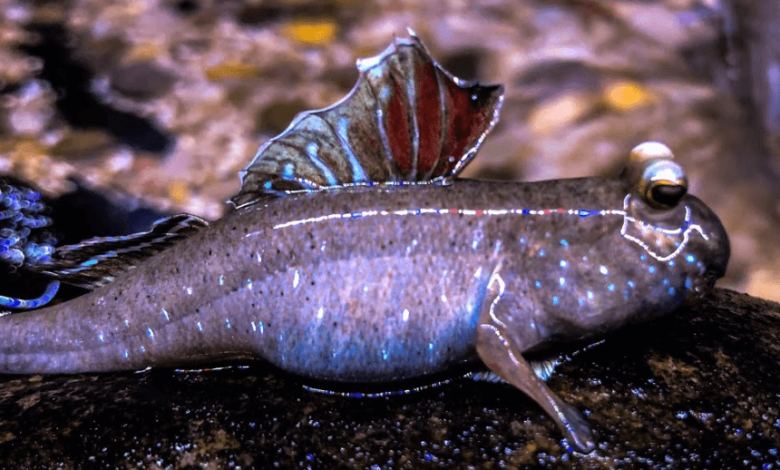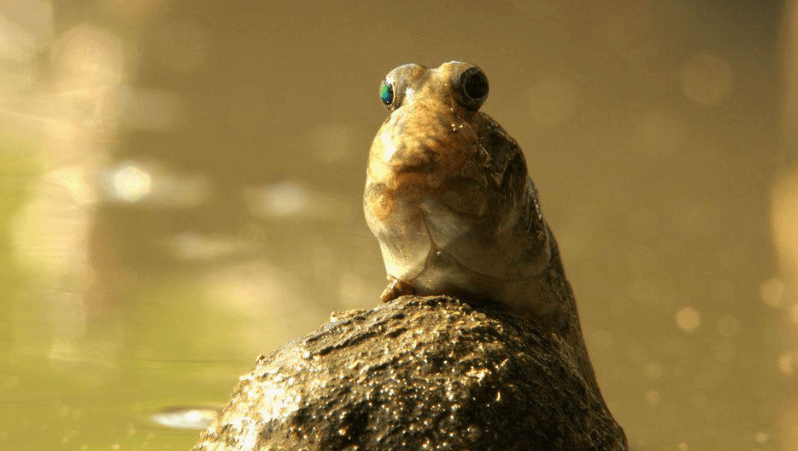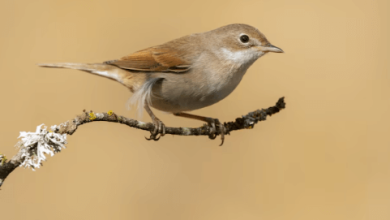Cute:01axwzeivdq= Mudskipper

Cute:01axwzeivdq= Mudskipper often regarded for their endearing appearance, present a unique case study in evolutionary adaptation. These amphibious fish not only navigate their intertidal habitats with remarkable agility but also exhibit behaviors that challenge conventional notions of aquatic life. Their ability to thrive both on land and in water raises intriguing questions about their ecological roles and adaptations. As we explore the intricacies of their habitat and behavior, it becomes evident that the mudskipper’s charm extends far beyond its visual appeal, revealing a deeper significance within its ecosystem. What lies beneath the surface of this captivating creature?
Habitat of Mudskippers
Mudskippers predominantly inhabit intertidal zones of tropical and subtropical regions, where they thrive in muddy substrates that provide essential resources for their survival and reproductive activities.
Their breeding habits are closely linked to tidal cycles, ensuring optimal environmental conditions for egg laying.
Additionally, their feeding patterns involve foraging on benthic invertebrates and detritus, demonstrating a unique adaptation to their dynamic and nutrient-rich habitats.
Unique Behavior and Adaptations
Remarkably adapted to both aquatic and terrestrial environments, mudskippers exhibit a range of unique behaviors that enhance their survival and reproductive success in the challenging intertidal zones they inhabit.
Their breathing adaptations, including the ability to extract oxygen through their skin and the lining of their mouth, complement their locomotion techniques, which involve powerful pectoral fins used for hopping on land and swimming in water.
Importance in Ecosystems
In the intricate web of intertidal ecosystems, mudskippers play a pivotal role as both predators and prey, influencing the population dynamics of various species and contributing to the overall health of their habitats.
Their mudskipper roles in nutrient cycling and sediment turnover help maintain ecological balance, supporting diverse flora and fauna.
Additionally, their presence indicates a healthy, functioning ecosystem vital for sustaining biodiversity.
Read Also Cute:0lry31r-Hfg= Bird

Conclusion
Cute:01axwzeivdq= Mudskipper exemplify the intricate tapestry of intertidal ecosystems, weaving together the threads of adaptability and ecological significance.
Their remarkable ability to navigate both terrestrial and aquatic environments underscores their evolutionary prowess, while their roles as predators and prey maintain the delicate balance of marine food webs.
As these amphibious fish continue to thrive in their muddy realms, they serve as a living testament to nature’s ingenuity, reminding observers of the interconnectedness of life within coastal habitats.







